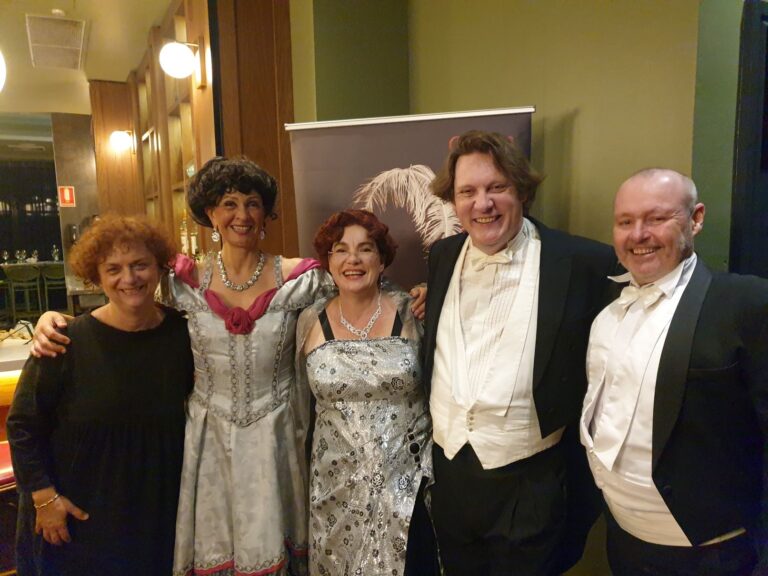
Developer’s dream, residents’ nightmare
The Built Environment Plan 2 (BEP2) lacks transparency and has failed to undertake social impact studies according to a city planning expert.
City of Sydney Council’s Director of City Planning and Regulatory Services Graham Jahn met with residents last Thursday to discuss the drafted plans.
Mr Jahn said the Redfern Waterloo Authority’s (RWA) plan could potentially revitalise the area, but he criticised the lack of social impact studies.
Uncertainty remains over how the BEP2 will impact the environment, traffic congestion and housing redevelopments.
Under the development plans, unit numbers will double from 3500 to 7000. Half of these units are earmarked for private development.
The plan replaces 700 public housing units with so-called affordable housing.
Mr Jahn said: “The city supports the retention of these public housing tenants in the area.”
He said it’s best not to remove public housing tenants from their community because “the public services they may require already exist in the area.”
REDWatch spokesperson Geoffrey Turnbull is concerned about the proposed social mixing in the housing developments.
“What ends up driving this social mix is not the desire to mix socio-economic groups but the costing for a public/private redevelopment of the area,” Mr Turnbull said.
“While we support increasing affordable housing, so far there’s been no communication on where they will relocate the public housing tenants or where they will get the money to pay for it.”
Mr Jahn was also concerned about the developer’s freedom to increase building space.
“At the moment the housing developments have zero setbacks from the road, meaning the mature trees that provide a canopy and significantly cool the area will be sacrificed.”
Council’s submission to the RWA in April showed the existing tree canopy helps reduce urban heating.
The submission said removing the trees will cause “summer temperatures to be noticeably higher and increases energy loads.”
Community activist Ross Smith said that besides denying variety and privacy, the loss of trees would force low-income public housing tenants to increase energy consumption and costs.
“It is a developer’s dream and residents’ nightmare.”
Councillor Irene Doutney, also at the meeting, said as a public housing tenant herself, one area that needs change is the leeway for building heights.
“It is a totally imprecise method,” Councillor Doutney said.
“They should identify the exact height of buildings. For example it’s undesirable to have 12 storey buildings next to four storey buildings”
Mr Jahn said the preferred method would be if building heights increased, developers should have to compensate by expanding the block’s green space.
Thursday’s meeting exposed the community’s confusion and frustration at the lack of communication from the RWA.
Following the BEP2’s three month display period residents confronted the RWA over the need for social impact studies.
Mr Smith, who is also Waterloo’s Precinct representative said: “The RWA realised we were right, and downgraded the BEP2 from a legal planning instrument virtually to a display concept.”
This has given the community time to influence change but Mr Smith said “without access to a masterplan or social impact studies it’s impossible to know what to expect.”
By Christian Meagher










